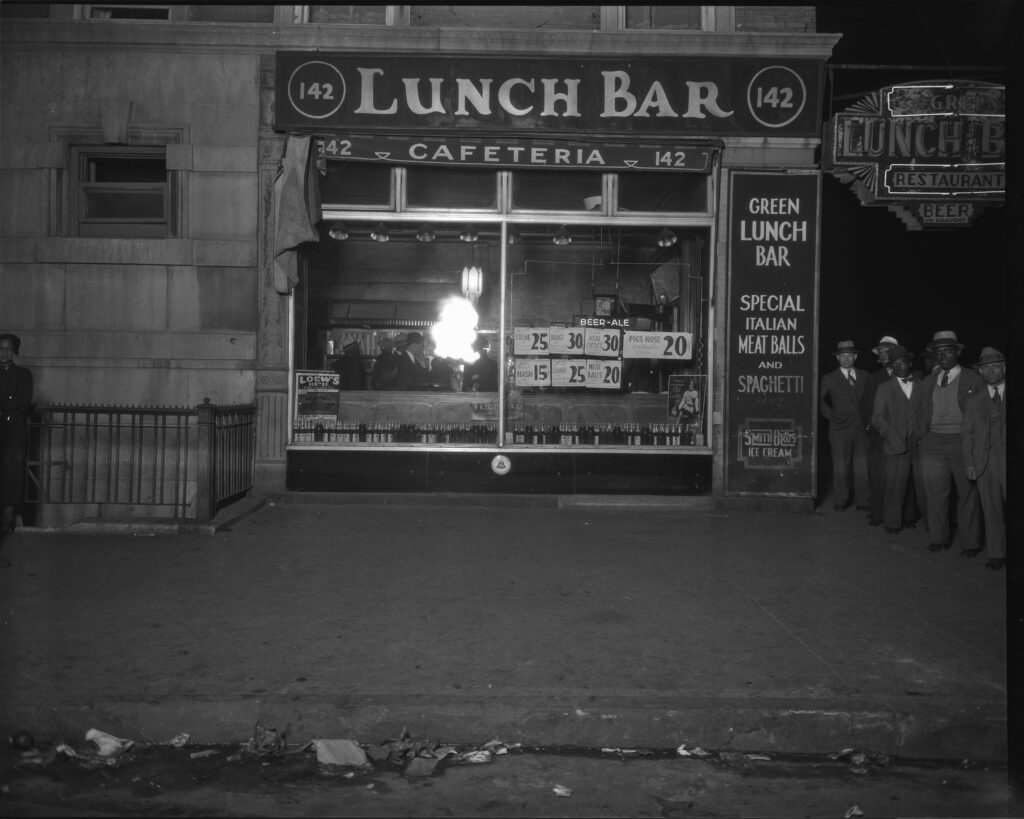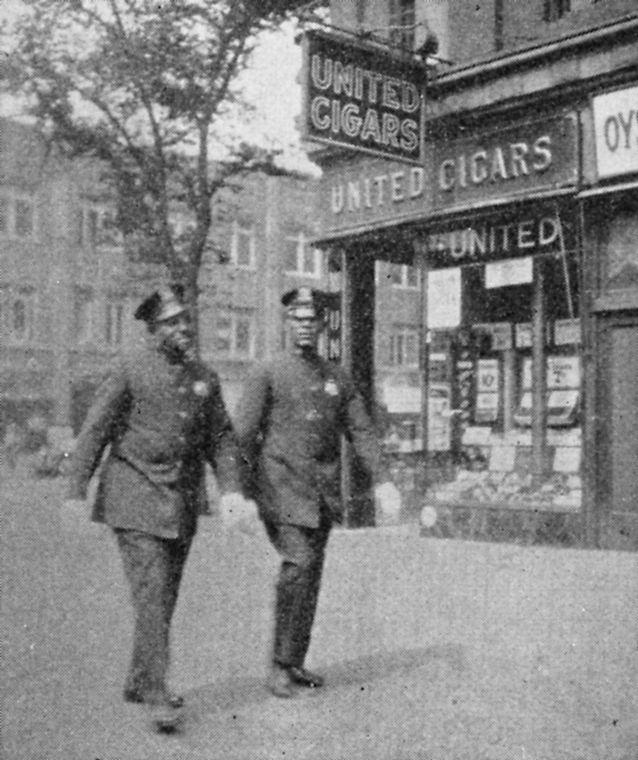Chapter 8 | Crime and the Police
The Crime and Police Committee consisted of its chairman Arthur Garfield Hays, a founding member and general counsel of the ACLU; William Jay Schieffelin, a social reformer and trustee of the Tuskegee Institute; Charles E. Toney, a municipal judge and NAACP board member; and Oswald Garrison Villard, a founding member of the NAACP and editor of the New York Evening Post.
The committee investigated why juvenile delinquency among Blacks rose between 1930 and 1935. They found that during the five-year period, 137 boys and girls were arrested due to neglect, ten of whom had no home. The lack of parental supervision and family life contributed to social disorganization amongst children. Of the children arrested, 82 were under the age of 10.[1] The committee calculated that one third of the charges were for serious crimes. However, the bulk of juvenile arrests were “due to such offenses as selling newspapers after seven o’clock in the evening and shining shoes on the street.”[2]
Footnotes
[1] The Harlem 1936 Conditions Report, pp. 97
[2] Ibid, pp.97
[3] Ibid, pp. 97
[4] Ibid, pp. 98
[5] Ibid, pp. 98
[6] Ibid, pp. 98
[7] Ibid, pp. 98
[8] Ibid, pp.107
[9] Ibid, pp.108



